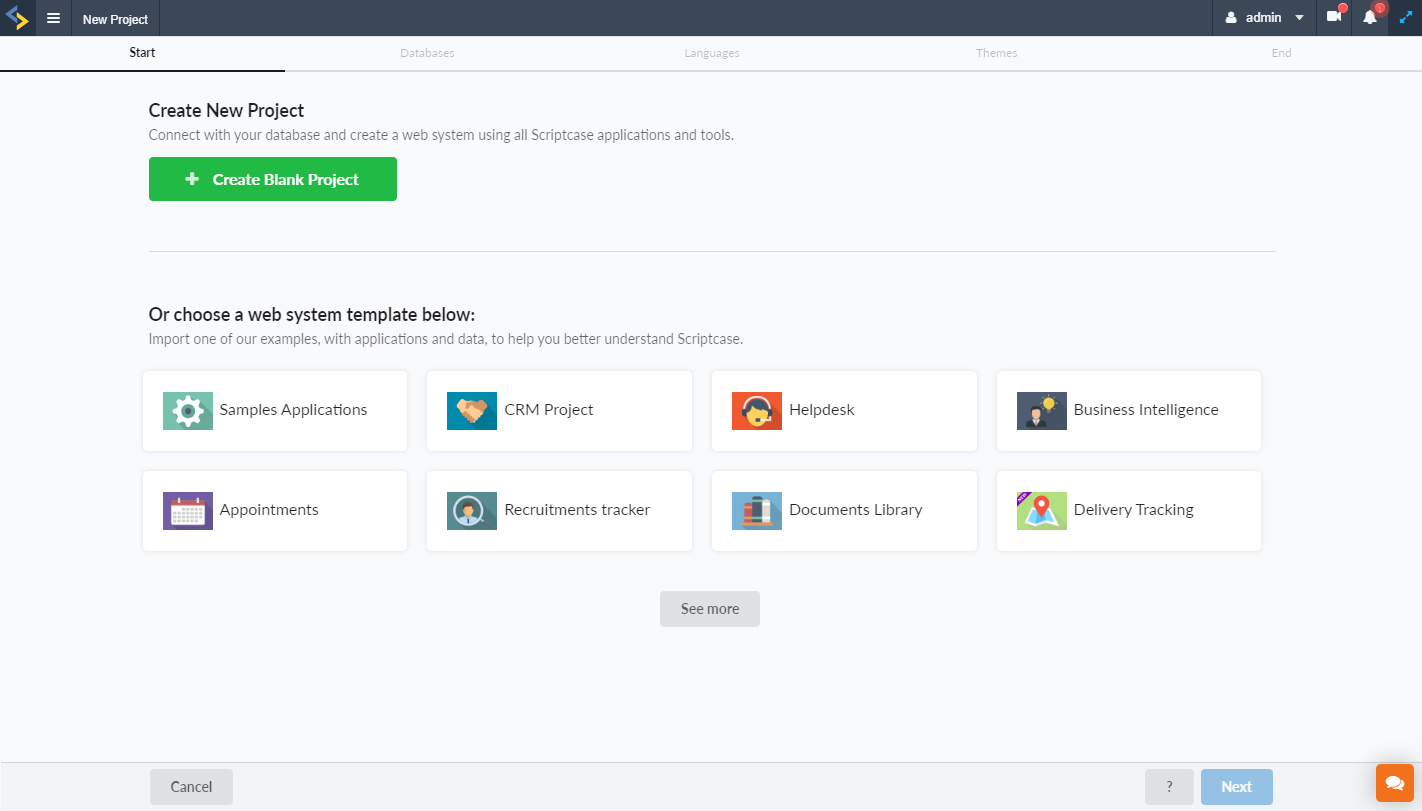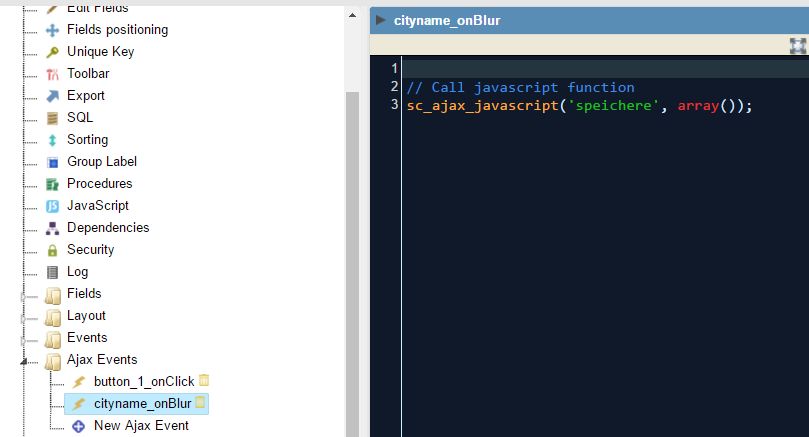

- Scriptcase multiple iframes on one page pdf#
- Scriptcase multiple iframes on one page update#
- Scriptcase multiple iframes on one page code#
For details, see the Google Developers Site Policies.
Scriptcase multiple iframes on one page code#
In the following example, replace YOUR_API_KEY withįor more information about MAP_MODE and parameters options in the codeĮxcept as otherwise noted, the content of this page is licensed under the Creative Commons Attribution 4.0 License, and code samples are licensed under the Apache 2.0 License. You must include an API key with every Maps Embed API request.
Scriptcase multiple iframes on one page update#
Gcloud alpha services api-keys update "projects/ PROJECT/keys/ KEY_ID" \ Also how on earth do I assign a image to each player. I tried to give each one an individual id but failed miserably. Gcloud services api-keys list -project=" PROJECT"Ĭlear existing restrictions on existing key. I'm trying to put multiple videos on one page. If the Maps Embed API is not listed, you need to

Should be formatted as "_file_url_//path/to/*". If you copy the JavaScript multiple times in one page, you still will have only one function retrieveListItems, onQuerySucceeded, onQueryFailed and modIframe. The "file://" part should be replaced with "_file_url_" before beingĪdded to the key restriction. Note: file:// referers need a special representation to be added to the

Restricting API keys adds security to your application by ensuring only authorized requests are
Scriptcase multiple iframes on one page pdf#
However, you can also directly print the PDF document, without opening the file. We can use the iframe to display contents of our PDF document and then print the contents using a JavaScript code. The iframe needs a source of the web page to display. (Remember to restrict the API key before using it in production.)Ĭloud SDK gcloud alpha services api-keys create \ An iframe is used to display a web page within a web page. The new API key is listed on the Credentials page under API keys. The API key created dialog displays your newly created API key. On the Credentials page, click Create credentials > API key. Var ele = document.Go to the Google Maps Platform > Credentials page. Modify items highlighted in blue in code as. but while running the both iframes render the same page either the first one twice or the second one twice. You can also define if you want a border, scrollbars or transparency, but those are not absolutely necessary. I tried to get it to work but my knowledge of Javascript is minimal at best. Each iFrame requires one simple code put into Insert > HTML (or webgem in Trellix) You name the iframe, you define the size and you say what page you want to display. You’ll have to forgive me for not catching on, it took me two weeks to figure out what I’ve posted above. Swfobject.registerObject("videoDiv4", "10.1.0") įirst I would like to thank you for taking the time out to help me. Swfobject.registerObject("videoDiv3", "10.1.0") Swfobject.registerObject("videoDiv2", "10.1.0") Swfobject.registerObject("videoDiv1", "10.1.0") I tried to assign an id like this but again it didn’t work for me: Note Ive put in some external websites in the iframe src for testing purposes. This requires your header and first iframe have a fixed height. Interface to configure the link parameters. You can do this using position: absolute with your second iframe and specifying top, bottom, left and right. The 1:N relationship between the tables must to exist also within the database. You will need to associate the master form primary keys with the detail form foreign keys. Swfobject.embedSWF("", "videoDiv", "487", "275", "10.1.0","expressInstall.swf", flashvars, params, attributes) In the left side column will be displayed all master form fields, and on the right side column are listed the detail form fields. If I decided on five videos per page, how do I apply an id to each one as well as a different image per player.

My example works with one player only and falls back to HTML5 video with no problems. I’m trying to put multiple videos on one page.


 0 kommentar(er)
0 kommentar(er)
